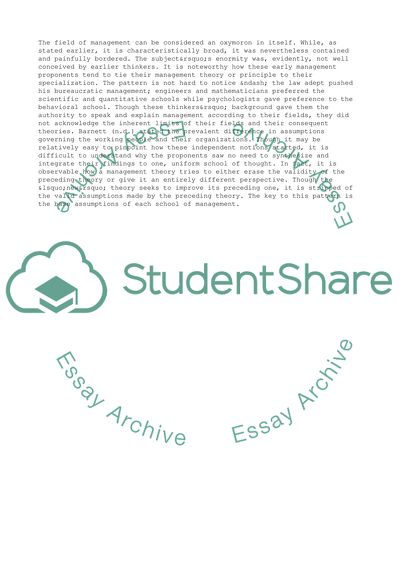Cite this document
(“Schools of Management: A Review of its Evolution and An Outlook of Research Paper”, n.d.)
Schools of Management: A Review of its Evolution and An Outlook of Research Paper. Retrieved from https://studentshare.org/management/1589405-evolution-of-managment
Schools of Management: A Review of its Evolution and An Outlook of Research Paper. Retrieved from https://studentshare.org/management/1589405-evolution-of-managment
(Schools of Management: A Review of Its Evolution and An Outlook of Research Paper)
Schools of Management: A Review of Its Evolution and An Outlook of Research Paper. https://studentshare.org/management/1589405-evolution-of-managment.
Schools of Management: A Review of Its Evolution and An Outlook of Research Paper. https://studentshare.org/management/1589405-evolution-of-managment.
“Schools of Management: A Review of Its Evolution and An Outlook of Research Paper”, n.d. https://studentshare.org/management/1589405-evolution-of-managment.


